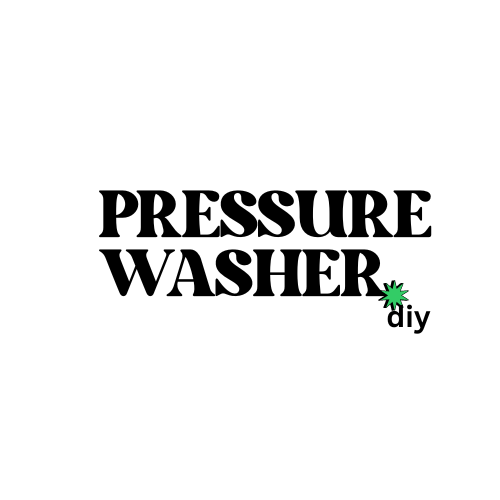Pressure washers are powerful cleaning tools that can make quick work of tough grime and dirt, but like any mechanical device, they can sometimes encounter issues that require troubleshooting and repair. In this comprehensive guide, we’ll dive deep into the common problems associated with pressure washers, the steps for disassembling them for maintenance or repair, and the technical specifications you need to know to keep your pressure washer running at its best.
Common Reasons for a Hard-to-Pull Pressure Washer Cord
One of the most common issues with pressure washers is a cord that is difficult to pull. This can be caused by several factors, including:
-
Cord Damage or Kinking: Inspect the cord for any signs of damage, kinking, or twisting. If the cord is damaged, it may be binding or sticking, making it harder to pull. Straighten or replace the cord if necessary.
-
Motor or Pump Issues: If the motor or pump is malfunctioning, it can cause increased resistance, making the cord more difficult to pull. Carefully inspect the motor and pump for any signs of wear or damage, such as worn bearings, seized components, or other issues.
-
Clogged Nozzles or Hoses: Clogged nozzles or hoses can increase the pressure in the system, making the cord harder to pull. Check the nozzles and hoses for any blockages and clean or replace them as needed.
-
Incorrect Oil Levels: Low oil levels in the pump can cause it to work harder, which in turn makes the cord more difficult to pull. Refer to the manufacturer’s recommendations and check the oil level regularly, topping it up as necessary.
Troubleshooting a Pressure Washer That Is Difficult to Start

If your pressure washer is difficult to start, there are several steps you can take to diagnose and address the issue:
-
Check the Power Source: Ensure that the power cord is properly plugged into a working outlet. If the pressure washer is gas-powered, check the fuel level and ensure the fuel valve is open.
-
Inspect the Spark Plug: A dirty or worn spark plug can prevent the engine from starting. Remove the spark plug, clean it with a wire brush, and check the gap. Replace the spark plug if necessary.
-
Fuel Issues: Check the fuel level and ensure it is at the recommended level. Also, inspect the fuel filter and replace it if it is clogged or damaged.
-
Air Filter Maintenance: A dirty or clogged air filter can restrict airflow, making it difficult for the engine to start. Clean or replace the air filter as needed.
Steps for Disassembling a Pressure Washer for Maintenance or Repair
Before attempting to disassemble your pressure washer, it’s important to consult the user manual for your specific model. The disassembly process can vary depending on the manufacturer and model, but generally, you’ll follow these steps:
-
Consult the User Manual: Refer to the user manual for detailed disassembly instructions, including the proper sequence for removing components and any special tools or techniques required.
-
Remove the Outer Casing: Carefully remove the outer casing or housing to access the internal components of the pressure washer.
-
Disconnect Hoses and Nozzles: Disconnect the high-pressure hose, wand, and any other attachments from the pump and motor.
-
Remove the Pump and Motor: Carefully remove the pump and motor from the frame, taking care not to damage any electrical connections or other components.
-
Inspect and Clean Components: With the pressure washer disassembled, thoroughly inspect each component for signs of wear or damage. Clean the components as needed and replace any parts that are worn or damaged.
Technical Specifications for Pressure Washer Teardown
When disassembling and servicing a pressure washer, it’s important to be aware of the specific technical specifications for your model. These can vary, but some common technical details include:
- Pump Type: Pressure washers typically use a triplex plunger-style pump, which provides high-pressure water flow.
- Motor Type: Many pressure washers are powered by Honda engines, which are known for their reliability and performance.
- Shaft Size: The pump and motor shafts are typically 1-inch in diameter.
- Bearing Type: Pressure washer pumps and motors often use roller bearings to support the rotating components.
- Oil Capacity: The recommended oil capacity for the pump and engine can be found in the user manual. Maintaining the proper oil level is crucial for optimal performance and longevity.
- Fuel Type: Consult the user manual for the recommended fuel type, which is typically gasoline or diesel, depending on the engine.
Reference Links
- Pressure Washer Basic Troubleshooting (How to disassemble)
- Karcher Pressure Washer Teardown
- Teardown of a Pressure Washer Pump
By understanding the common issues, troubleshooting steps, and technical specifications for pressure washer teardown, you’ll be well-equipped to maintain and repair your pressure washer, ensuring it continues to provide reliable and efficient cleaning power for years to come.
